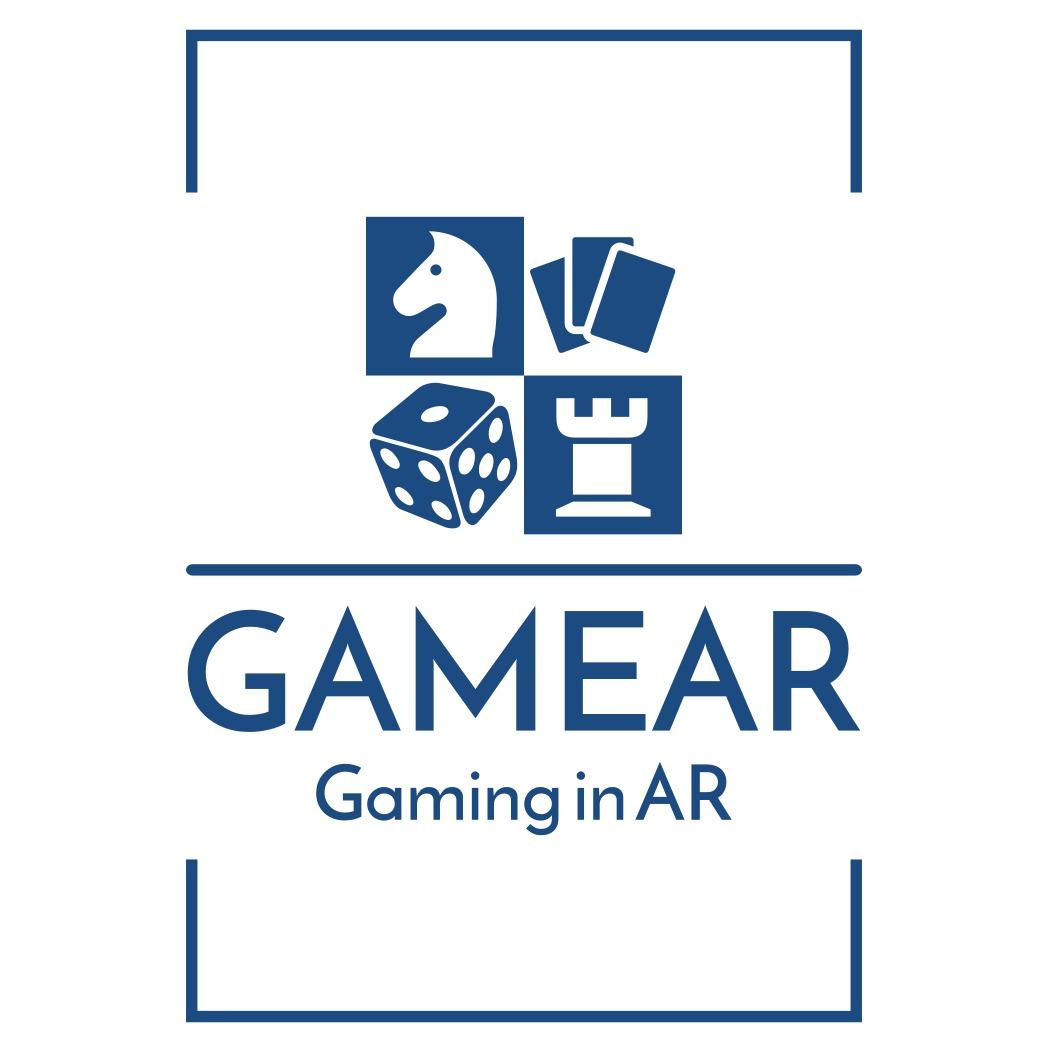gameAR
gameAR - Revolutionizing Gaming through Augmented Reality
Created on 20th May 2023
•
gameAR
gameAR - Revolutionizing Gaming through Augmented Reality
The problem gameAR solves
gameAR is an innovative project that uses augmented reality (AR) to redefine gaming experiences. By merging digital elements with the real world, gameAR offers a heightened level of immersion and interaction. Players can engage in popular games like chess, ludo, and carrom in their own surroundings, making gaming more exciting and dynamic. With gameAR, people can:
-
Elevate Gaming Experience: gameAR transforms any space into an interactive gaming arena, enhancing the traditional gaming experience. Players can compete in intense chess matches on their tables or enjoy virtual carrom on the floor, adding a new level of engagement and fun.
-
Promote Physical and Mental Engagement: Unlike traditional digital games, gameAR encourages physical movement and interaction. Players physically manipulate game pieces, promoting physical activity and hand-eye coordination. It also fosters social interaction, as players can gather and enjoy gameAR together.
-
Offer Safe and Convenient Access: gameAR eliminates the risk of losing or damaging physical game components. It offers the convenience of having games readily available on mobile devices, allowing players to enjoy gaming anytime, anywhere. Remote multiplayer experiences enable connections with friends and opponents from different locations.
-
Enable Customization and Variety: gameAR provides endless customization options, allowing users to personalize game boards, themes, and avatars. New game modes, special effects, and mechanics can be introduced, adding variety and excitement to the gaming experience.
-
Facilitate Learning and Skill Development: gameAR serves as an engaging educational tool, teaching strategy, critical thinking, and problem-solving skills through gamified concepts. Interactive visualizations and real-time feedback enhance the learning experience while making it enjoyable and immersive.
Challenges we ran into
During the development of gameAR, one unexpected issue that arose was related to the stability of the augmented reality environment. Occasionally, when placing virtual objects onto real-world surfaces, the objects would exhibit jittery movements or fail to anchor properly, disrupting the immersive experience for players.
To address this issue, I began by analyzing the object tracking algorithms and refining the feature recognition process. I adjusted the parameters and thresholds to improve the accuracy of object detection and tracking. Additionally, I implemented a more robust system for handling varying lighting conditions and environmental factors that could impact the stability of the AR scene.
Further testing and debugging revealed that the issue was partly caused by the limitations of certain mobile devices' hardware capabilities. To mitigate this, I optimized the rendering pipeline and reduced the computational load on the devices, ensuring smoother performance and better object stability.
To validate the effectiveness of the implemented solutions, I conducted extensive testing on different devices with diverse environmental conditions. I actively sought feedback from a group of beta testers to identify any remaining inconsistencies or jitters in the AR experience.
By iterating on the code, refining algorithms, and optimizing performance, I successfully resolved the stability issue. The virtual objects now seamlessly integrate into the real-world environment, providing an immersive and glitch-free gaming experience for players. This experience reaffirmed the importance of thorough testing and continuous refinement in delivering a polished and enjoyable AR gaming application like gameAR.
Technologies used
